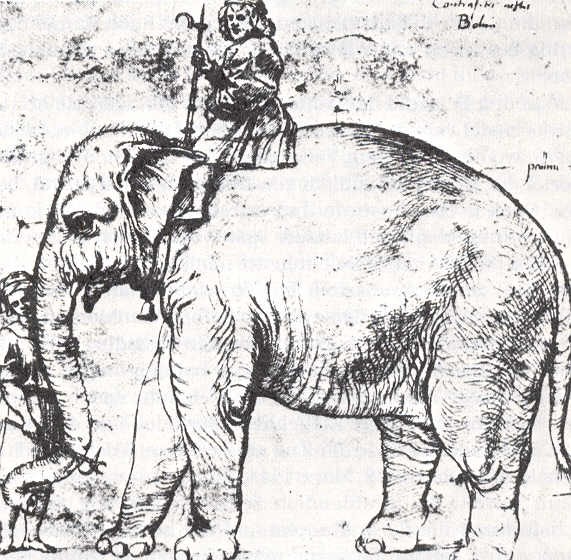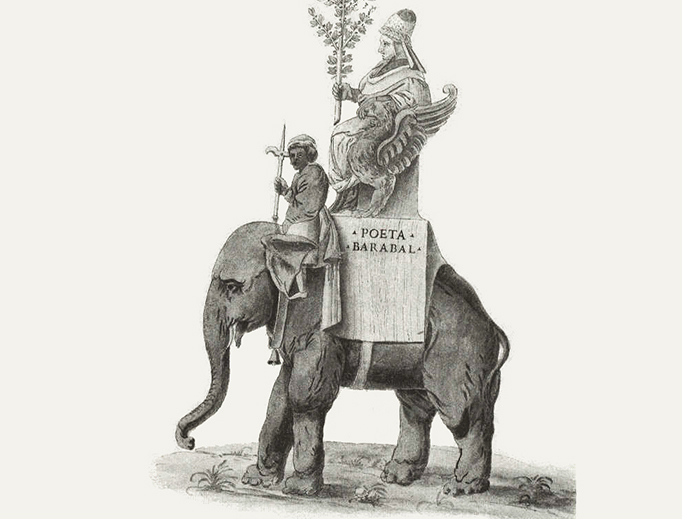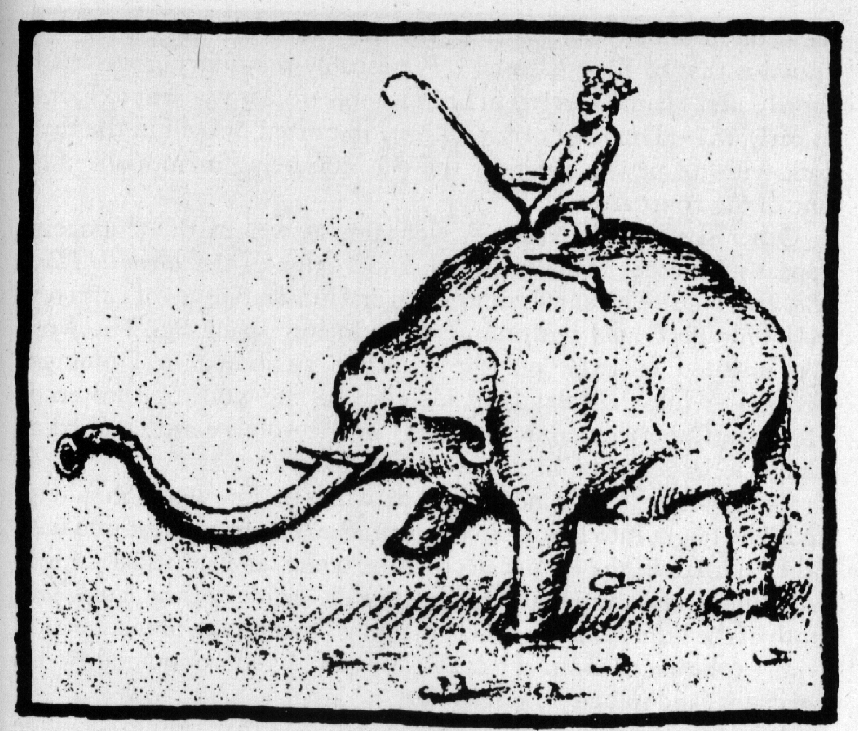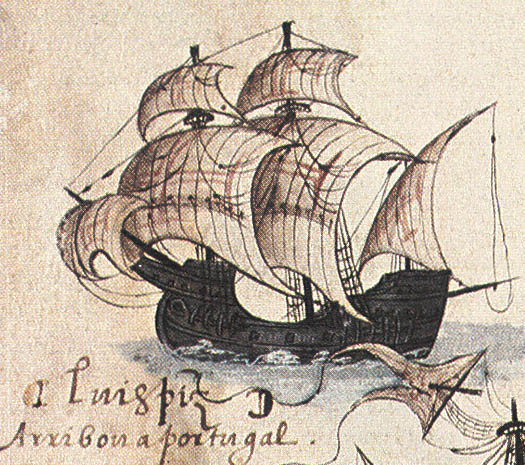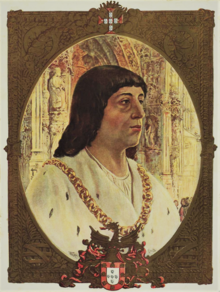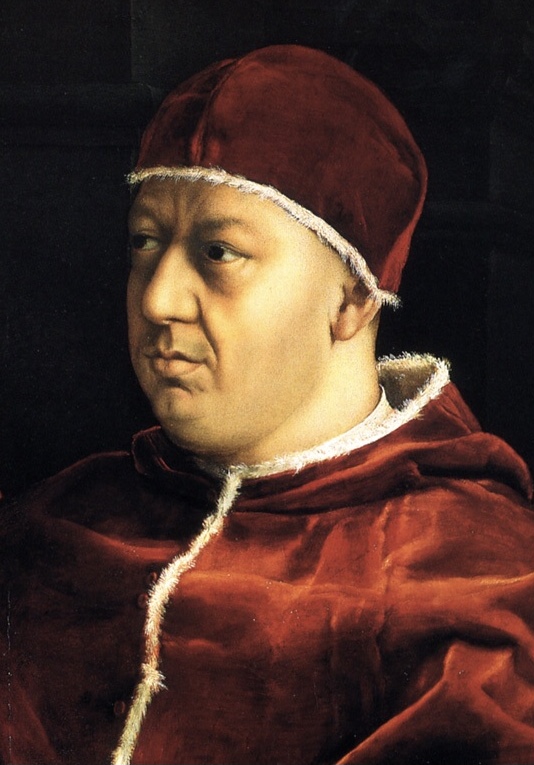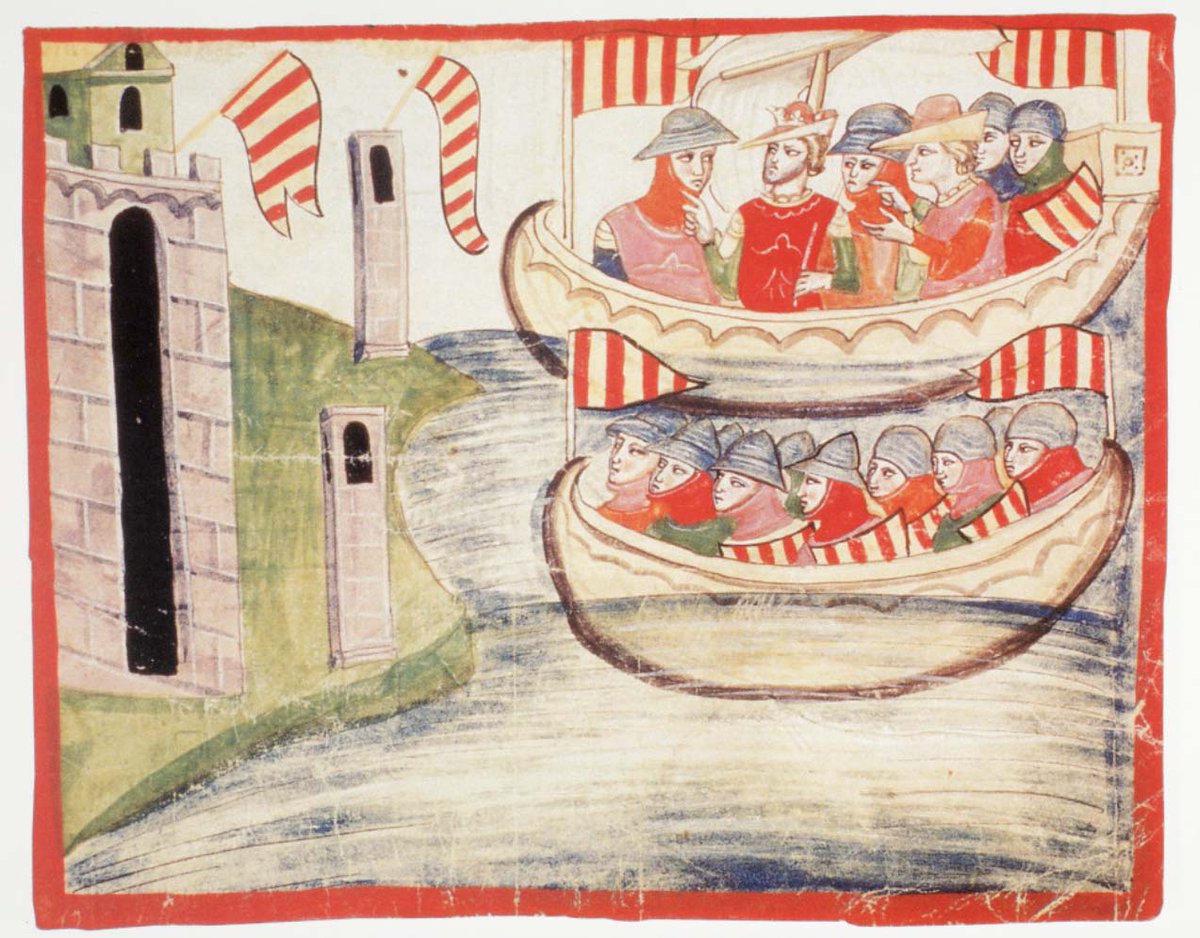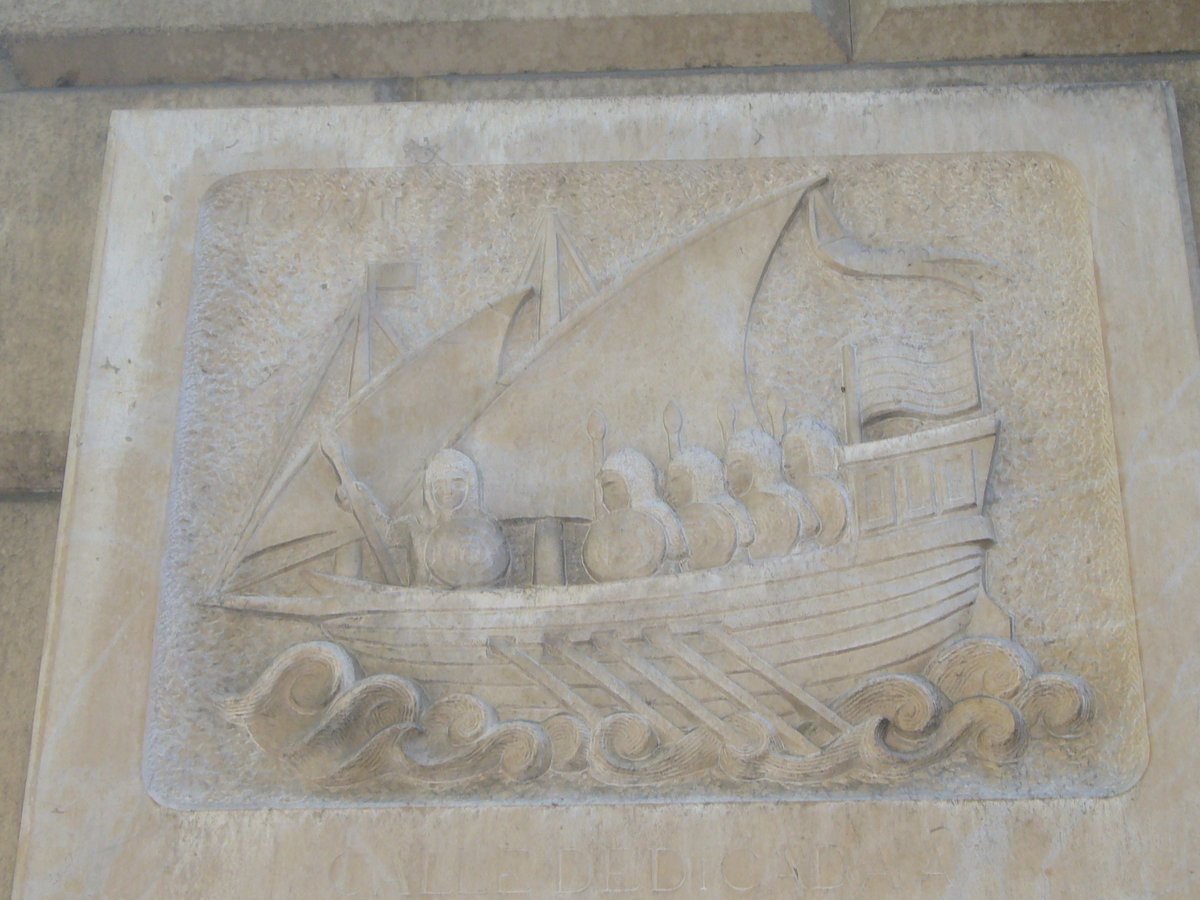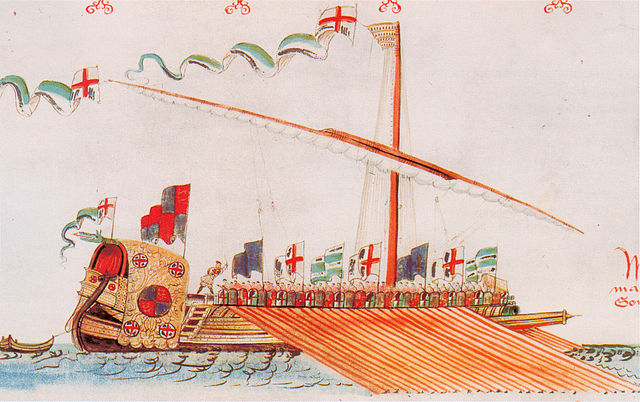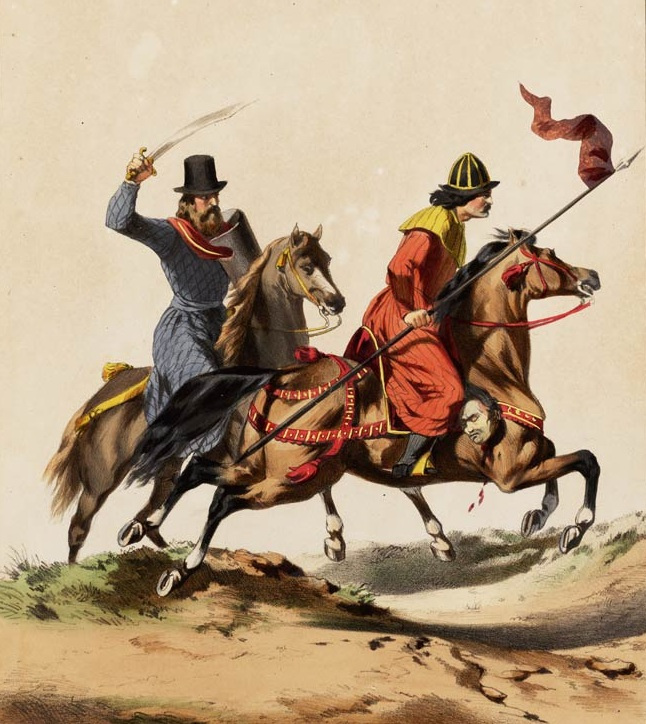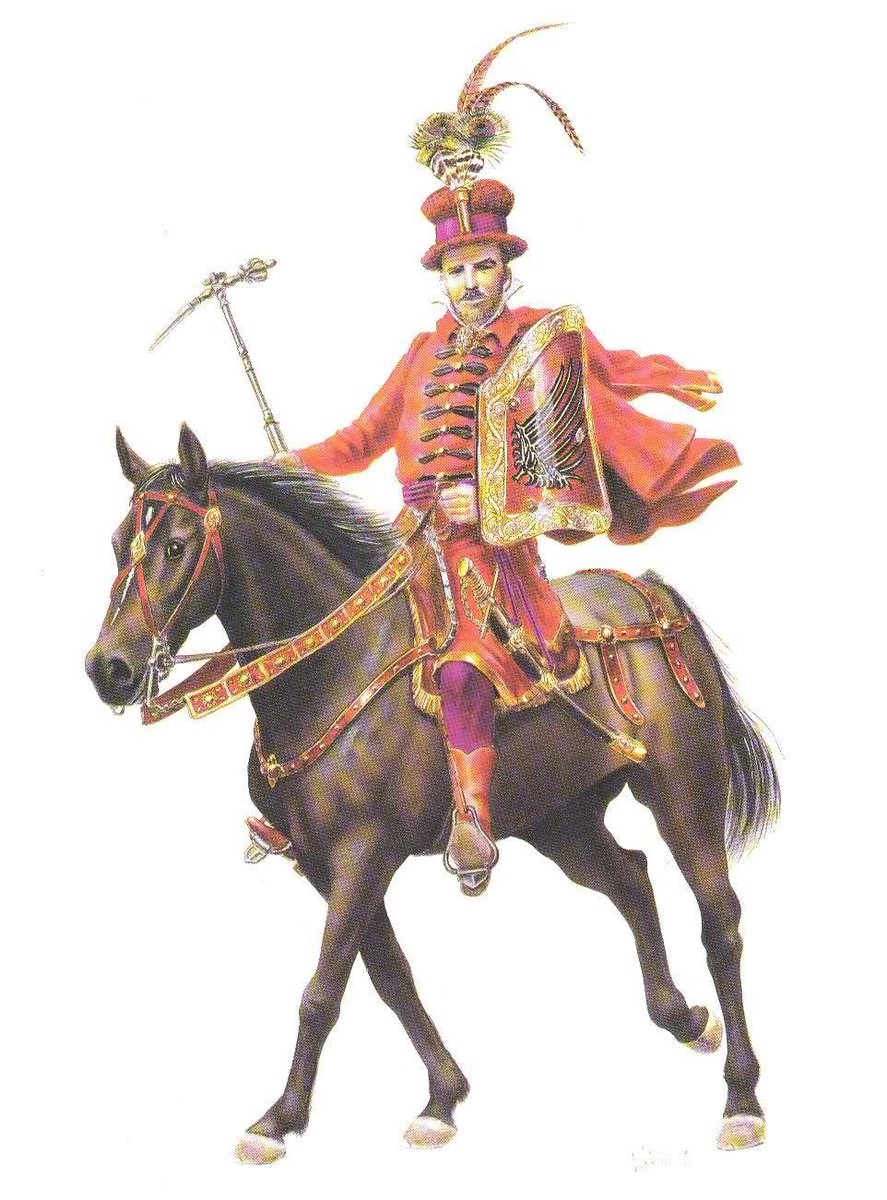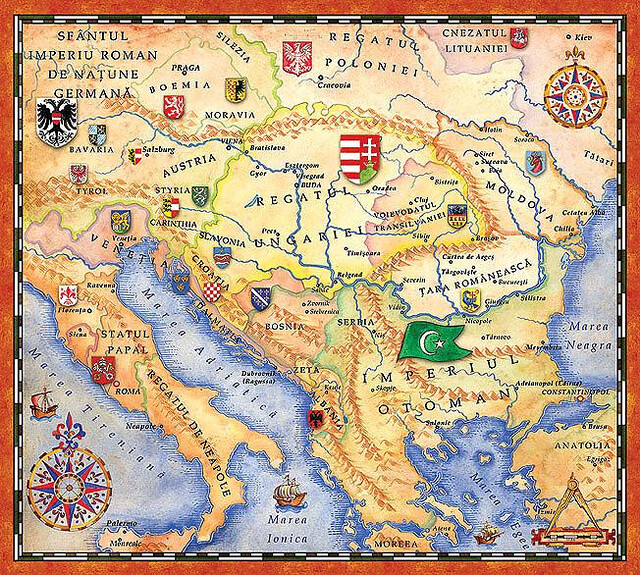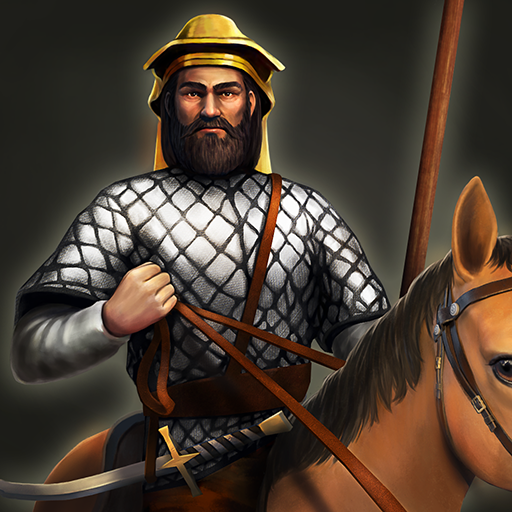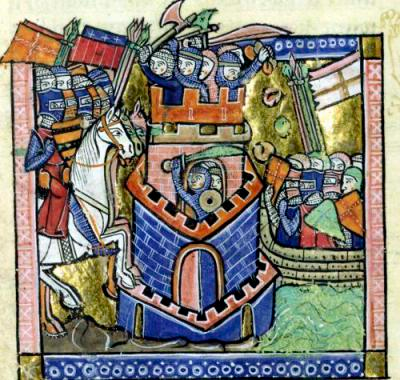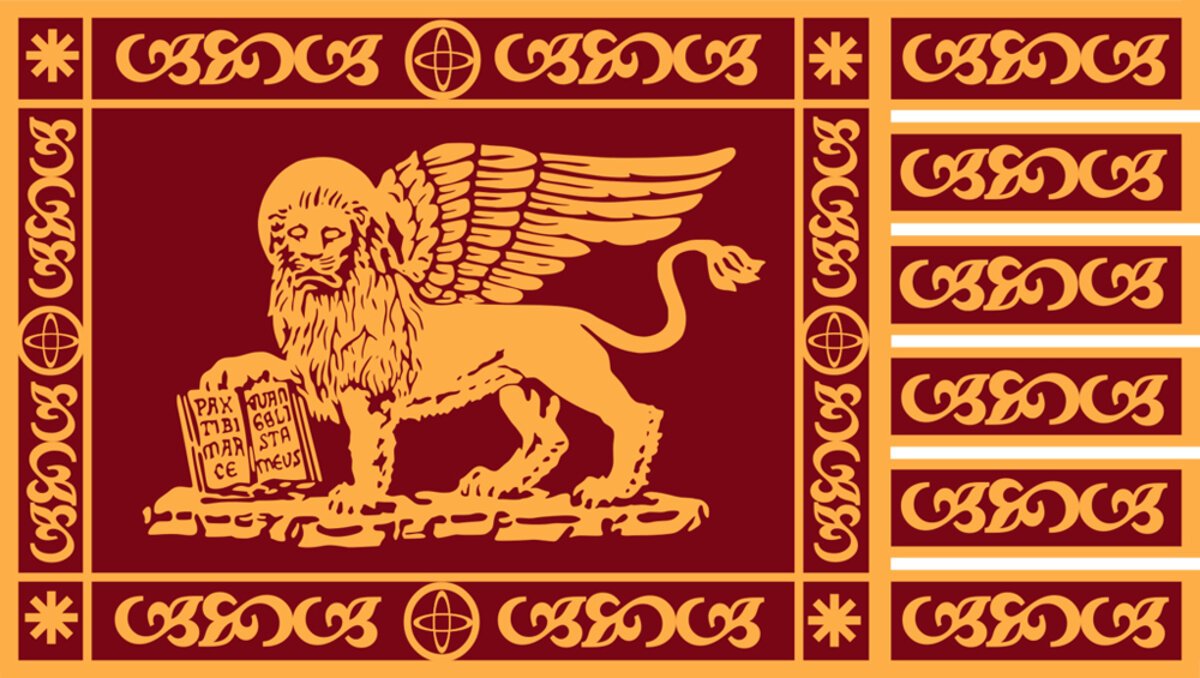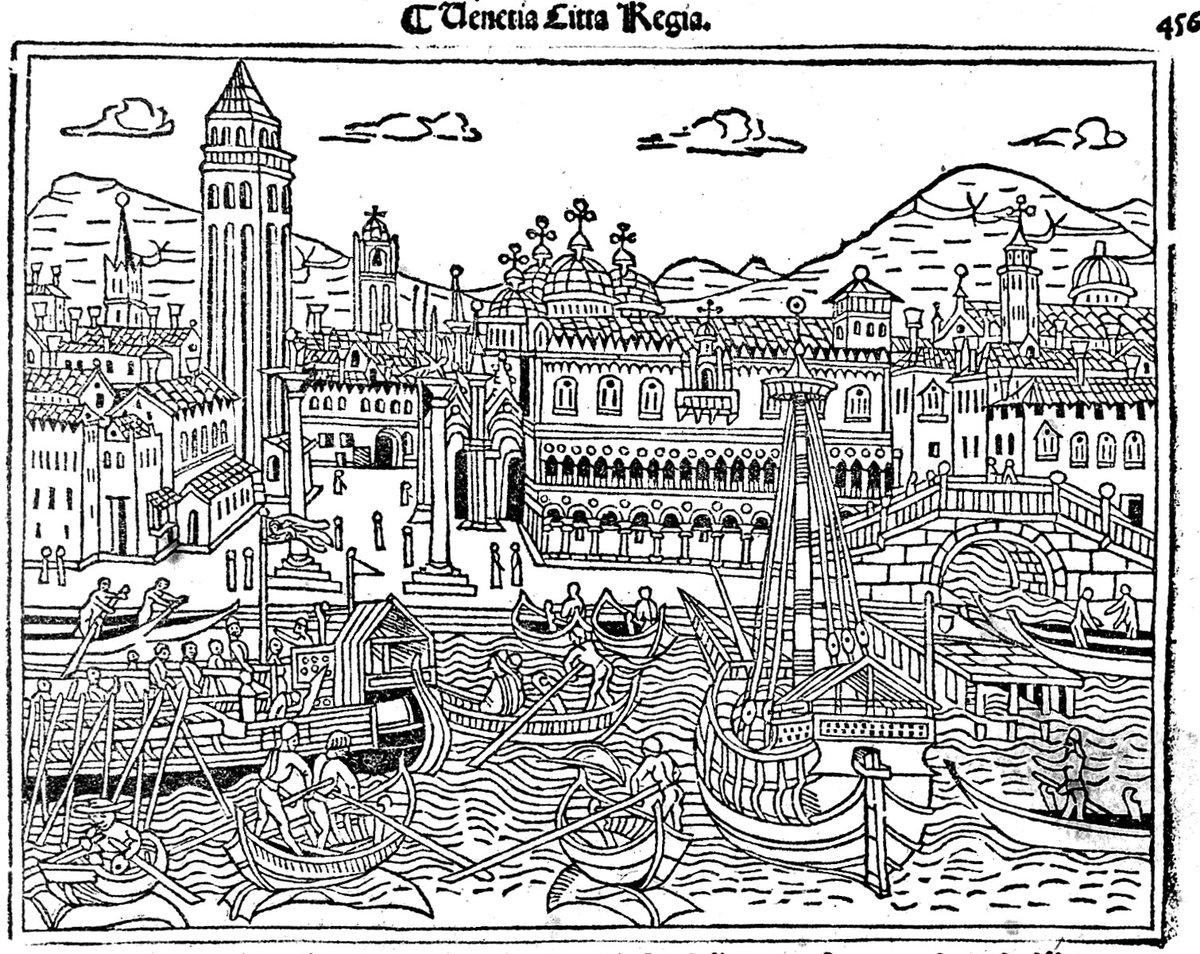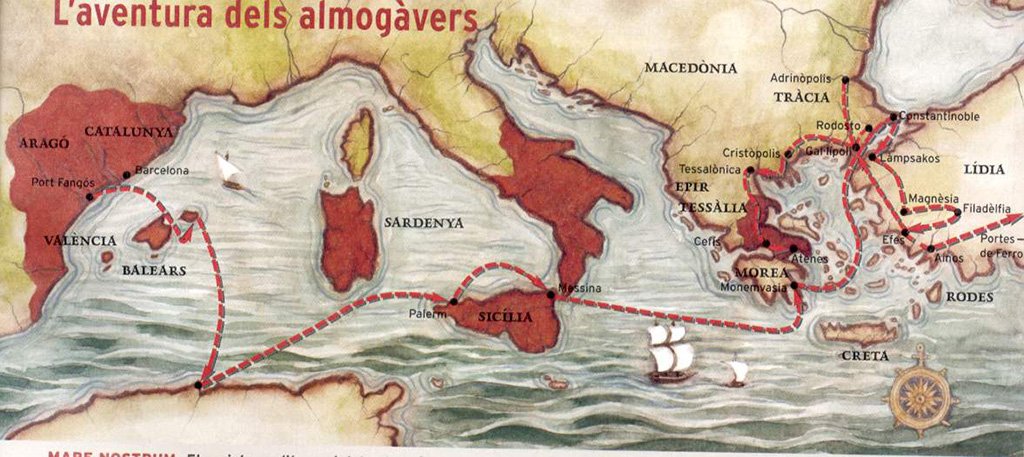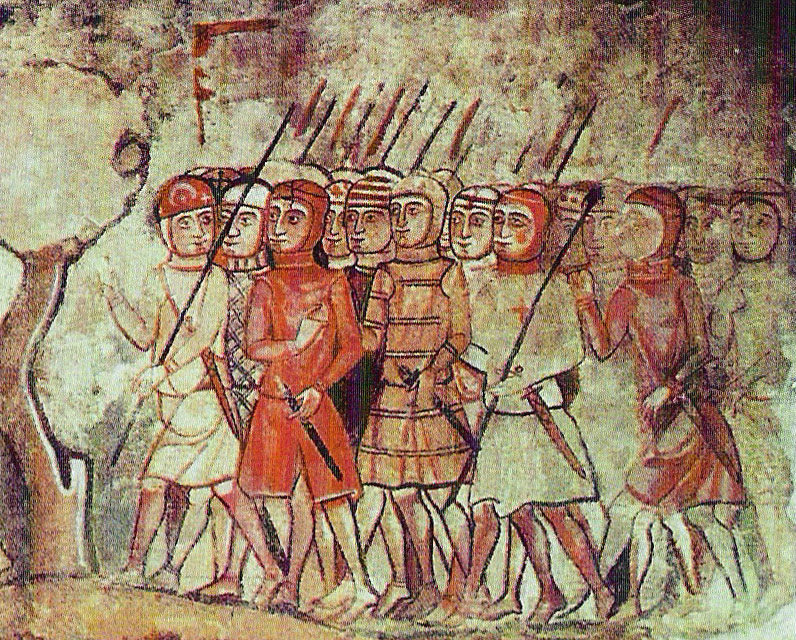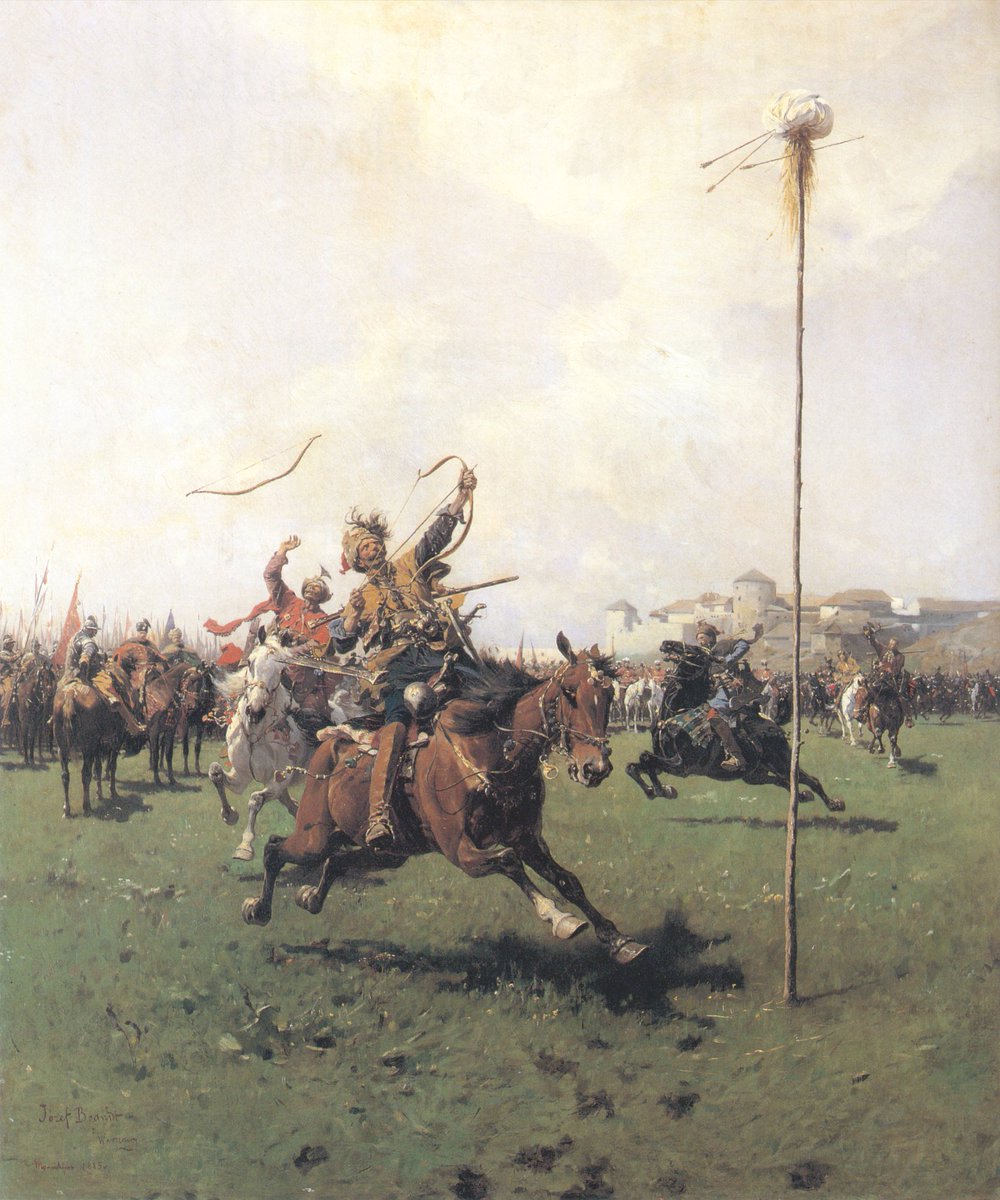
Battle of Cerignola, 28 April 1503, part of Third Italian War. Spain beat France thanks to the brilliant commander Gonzalo de Cordoba who used innovative military tactics. This was the beginning of the "pike and shot" era, the first battle in which such strategy was employed! 
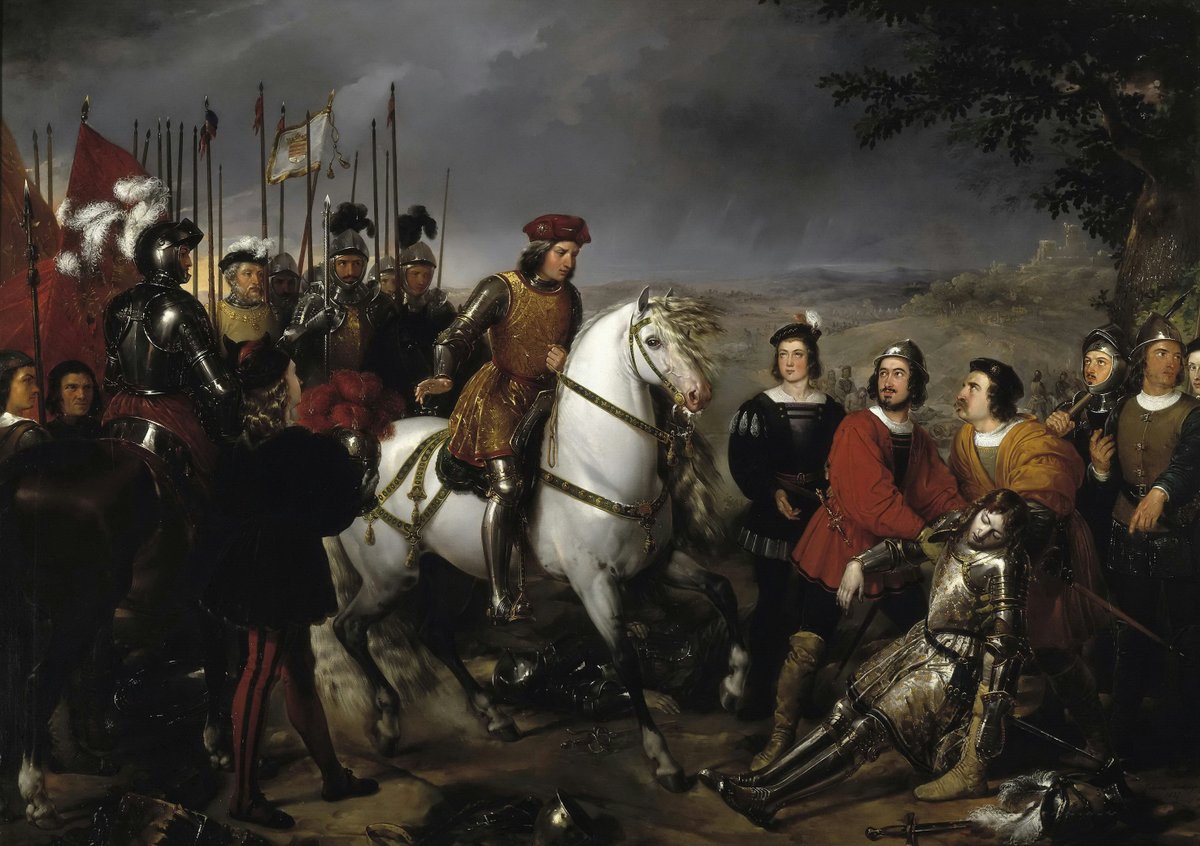
I already covered the First Italian War of 1494-1495 and the French victory at Fornovo, where their mighty army under king Charles VIII used the invincible combination of gendarme heavy cavalry and mercenary Swiss pikemen infantry to beat a twice larger force of Italian coalition 
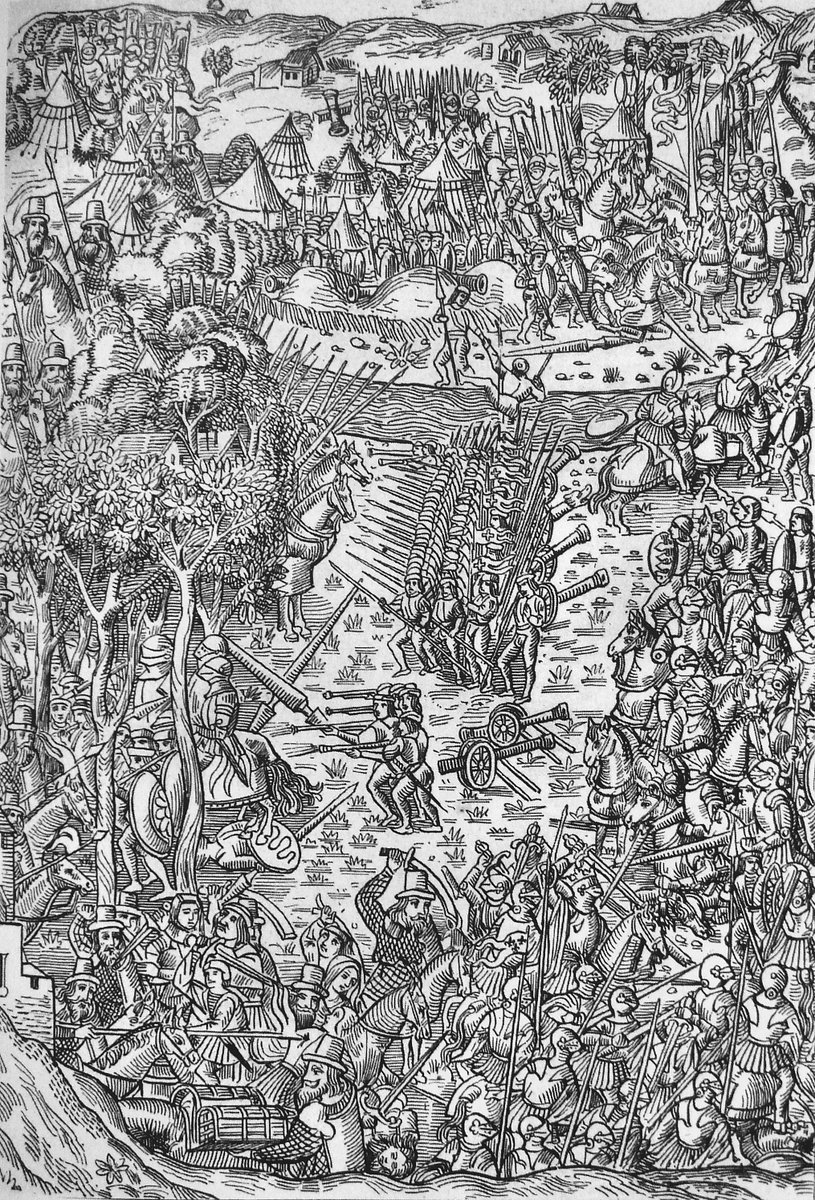
Despite the French victories in that campaign, the French had to retreat back home in the face of a large coalition of European superpowers forming against them, out of fear of being cornered. Italy returned to status quo, and European powers turned to diplomacy. 
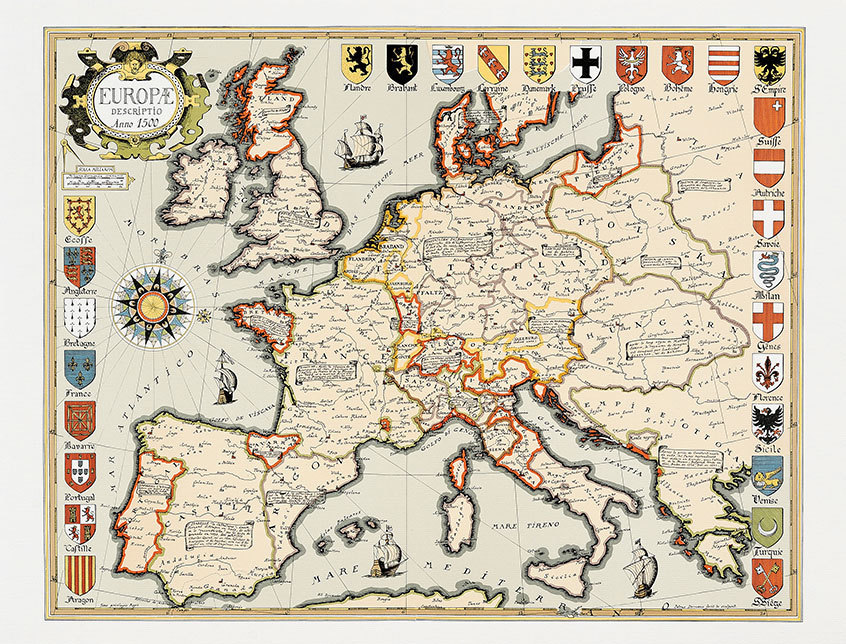
The French campaign of 1494-95 showed the vulnerabilities of Italy where internal divisions and conflicts would soon resume after the French left. Things would get even more tense after Louis XII would become French king in 1498 when his brother-in-law king Charles VIII died. 
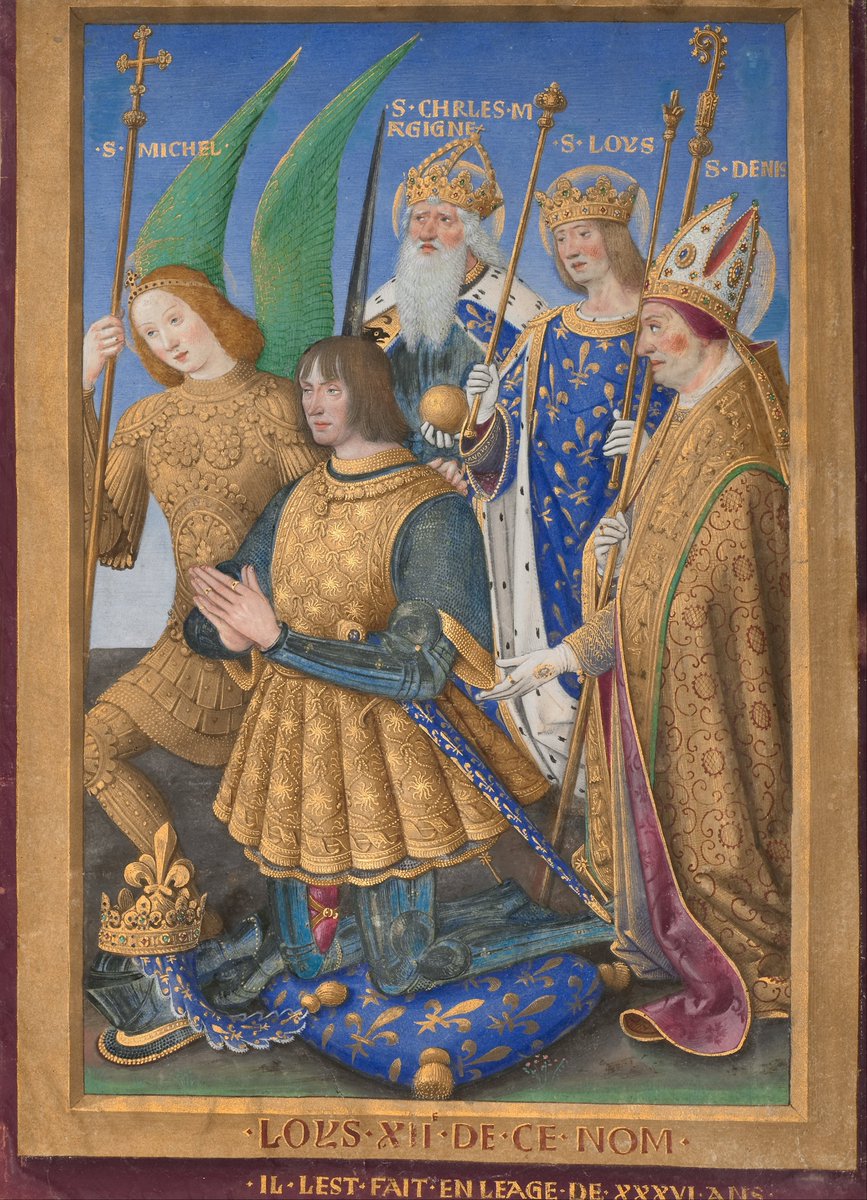
Louis XII immediately looked at Italy as he claimed the wealthy Duchy of Milan ruled by Ludovico Sforza. He carefully used the internal Italian divisions and allied with Venice, making a deal on how to split the Milanese territory with them and having Venice pay for his campaign. 
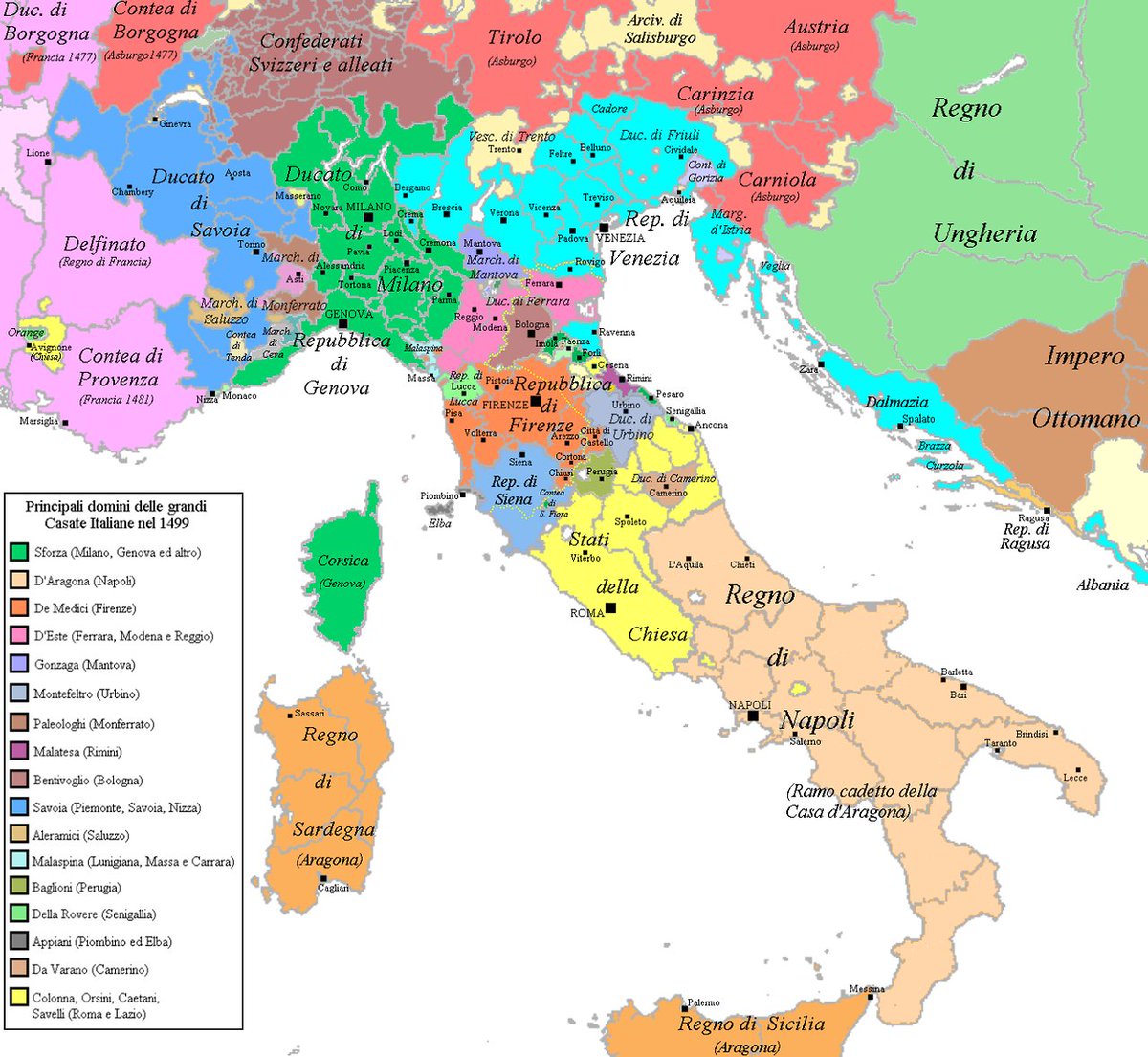
Louis XII rebuilt the mighty French army, employing the Swiss mercenaries again after making a deal with the Swiss cantons, and reorganizing the gendarmes. In 1499 French entered Italy ferociously, making an example of the cities that resisted so that others would surrender 
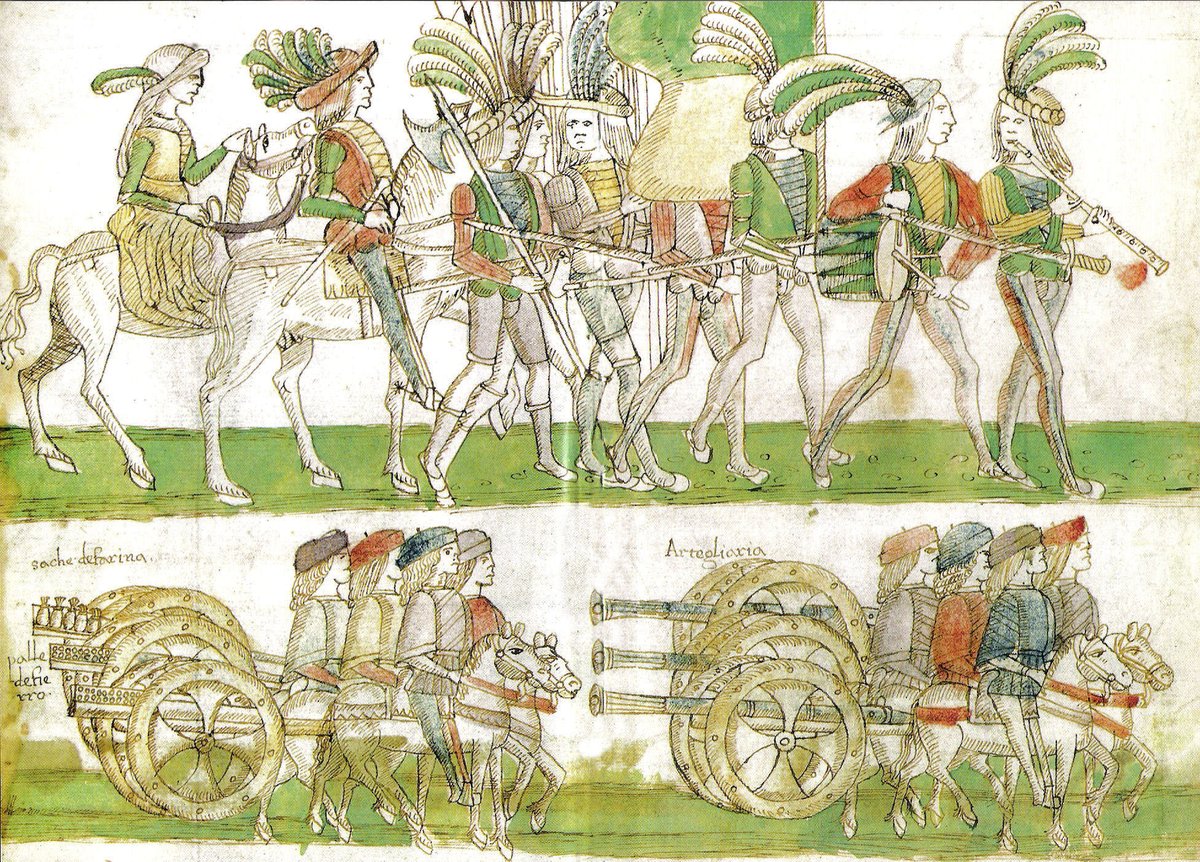
The French terrified northern Italy and Milanese showed little will to fight. Lacking support from his own men, Ludovico Sforza fled to Holy Roman Empire while the French occupied his city and his Duchy. Louis allied himself with the Pope Alexander VI and his son Cesare Borgia. 

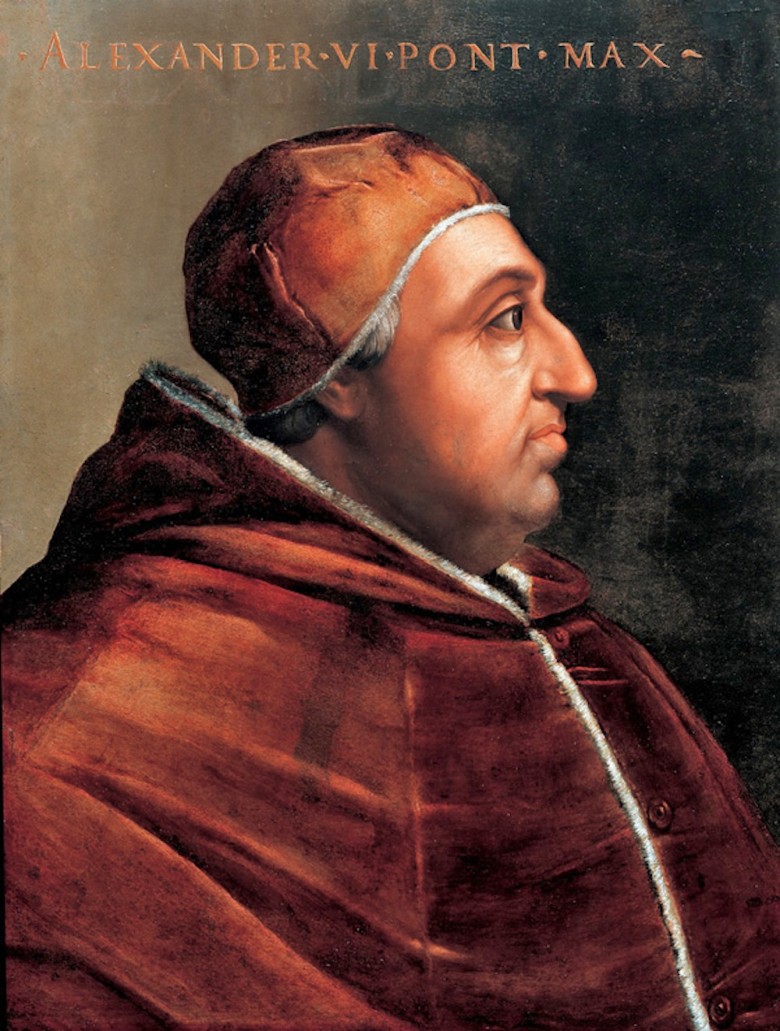
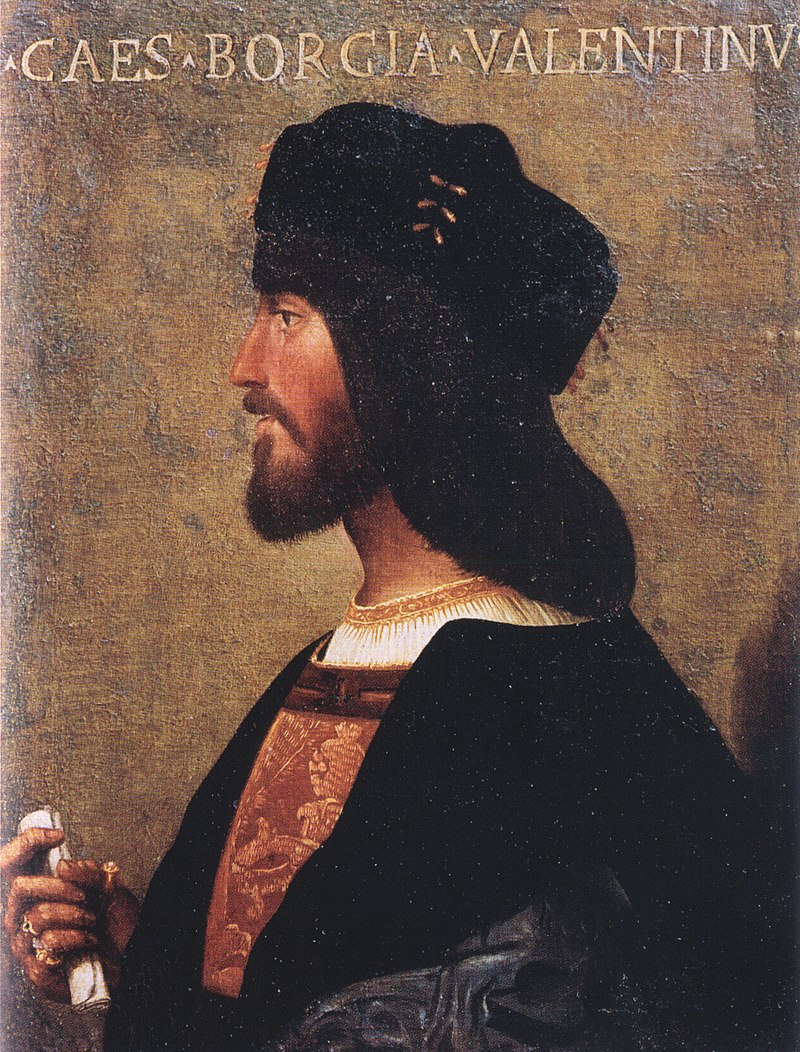
In 1500 Ludovico Sforza returned with mercenaries to reclaim Milan and faced Louis at the battle of Novara, but his Swiss mercenaries mutinied after trouble with pay and also because they refused to fight the Swiss on the other side. Sforza was captured and taken to France. 
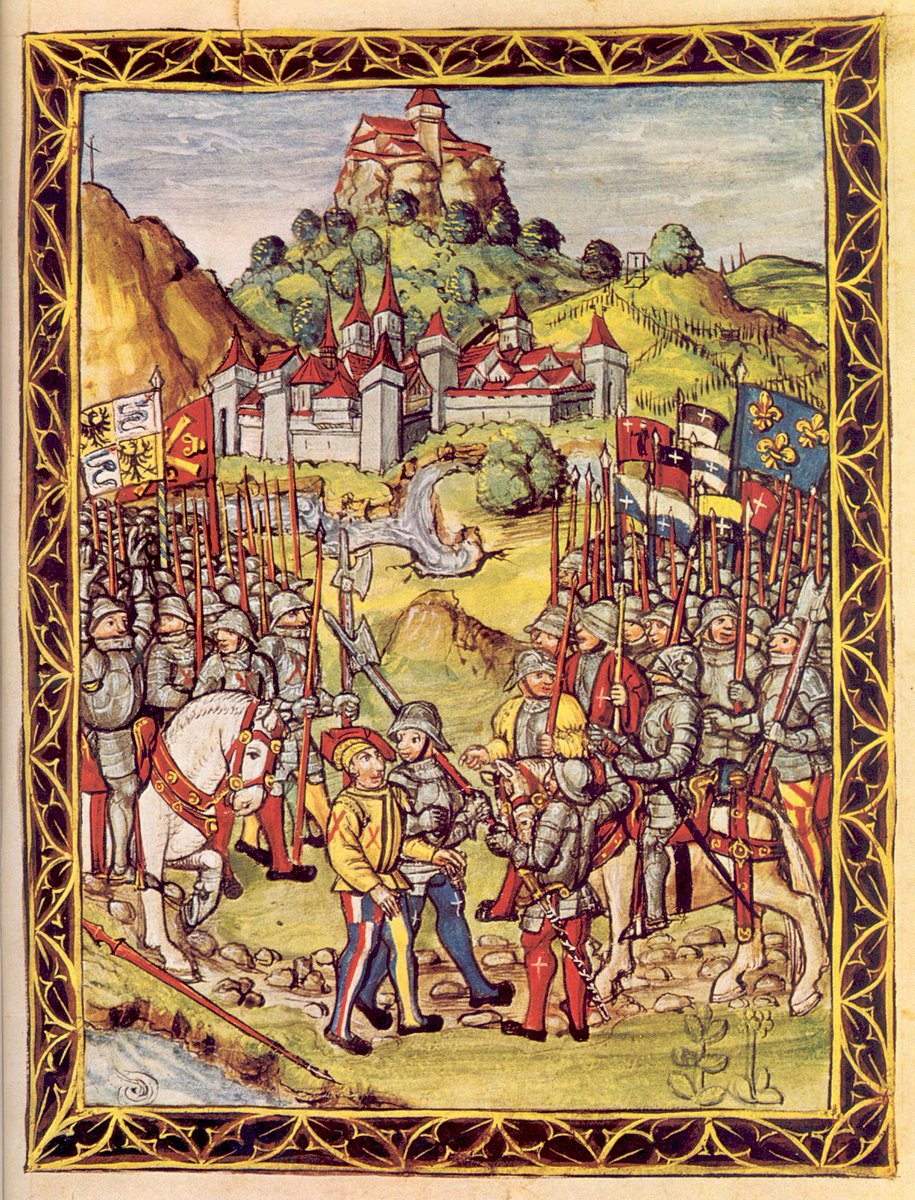
The French subjugated the Duchy of Milan again, this time with much cruelty. With order imposed in the north, Louis XII was now looking at southern Italy and the Kingdom of Naples that his predecessor had tried to conquer. He made a deal with Spain to split the Kingdom of Naples! 
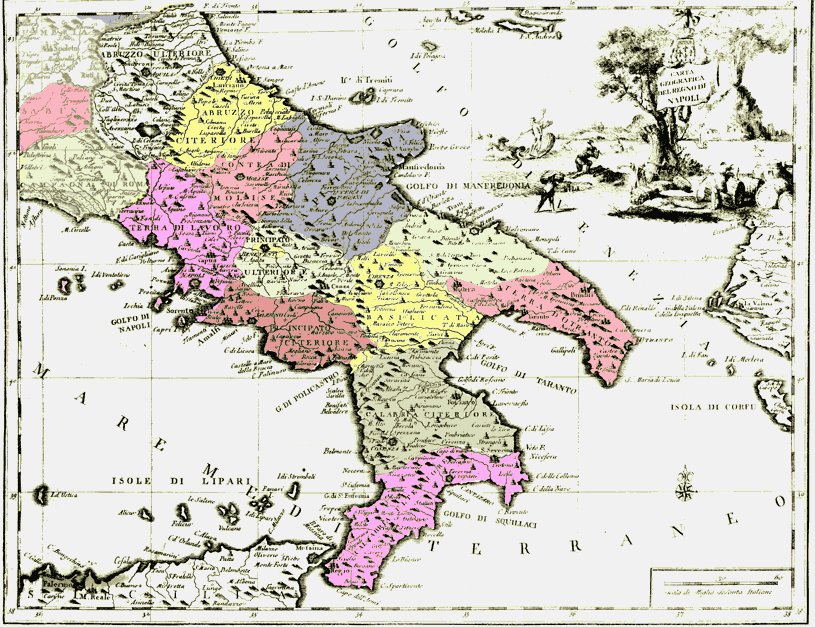
Under the secret treaty of Granada, the French would get the northern part of the Kingdom of Naples (including the city itself), while the Spanish under the famous monarchs Ferdinand and Isabella would get the southern part. Ferdinand betrayed his cousin king of Naples Frederick! 

French and Spanish invaded the Kingdom of Naples from both sides and quickly conquered it by 1501. Thus ended the Second Italian war of 1499-1501. The peace was short lived, however, as the newly created border between France and Spain in the south was unclear and tensions arose. 

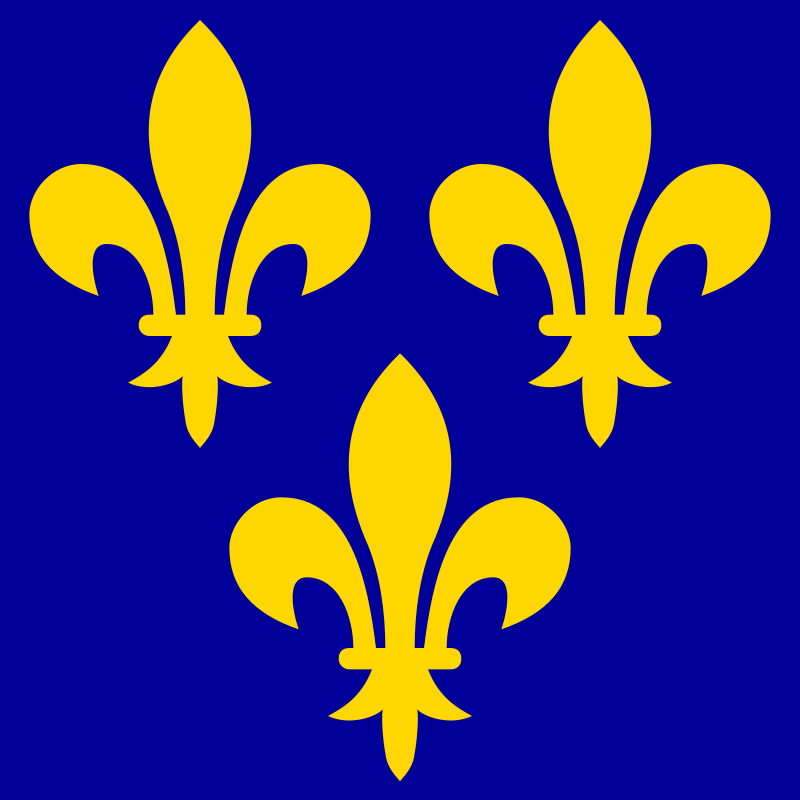

There was never any secret that French and Spanish were rivals and skirmishes would soon start between them in Italy. The Spanish led by the veteran warrior Gonzalo de Cordoba were outnumbered and clear underdogs, as it looked like the mighty French were destined to conquer! 
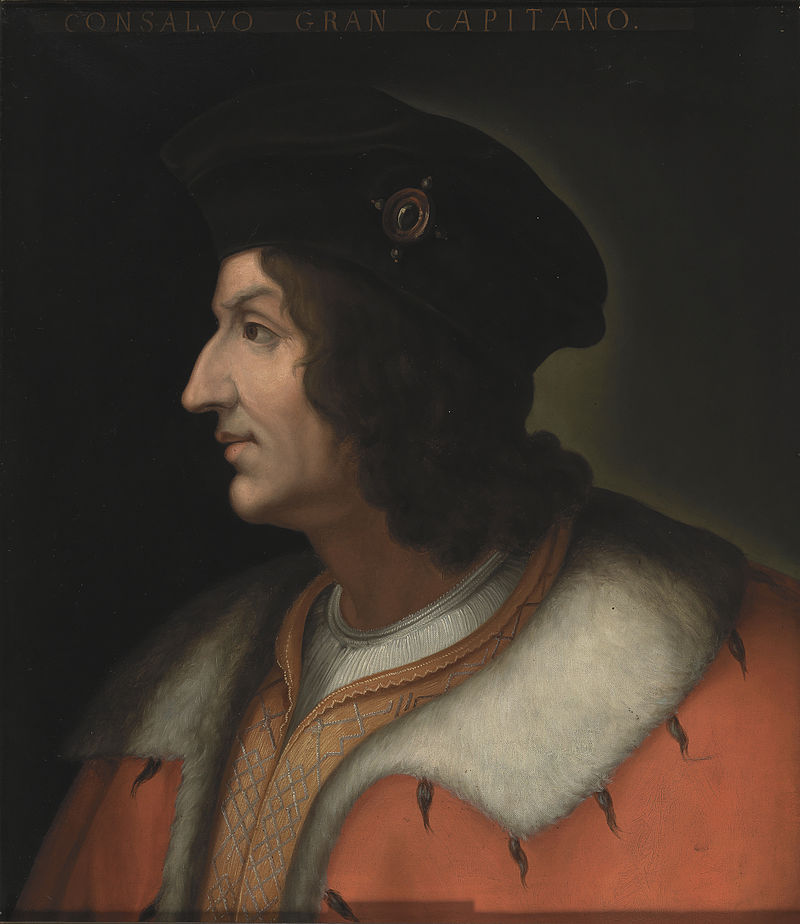
This is where the true genius of Gonzalo Fernández de Córdoba, El Gran Capitán ("The Great Captain"), would show! He was a veteran warrior who had fought in the reconquista and distinguished himself in the long and harsh campaign to conquer Granada for Spain and Christendom. 

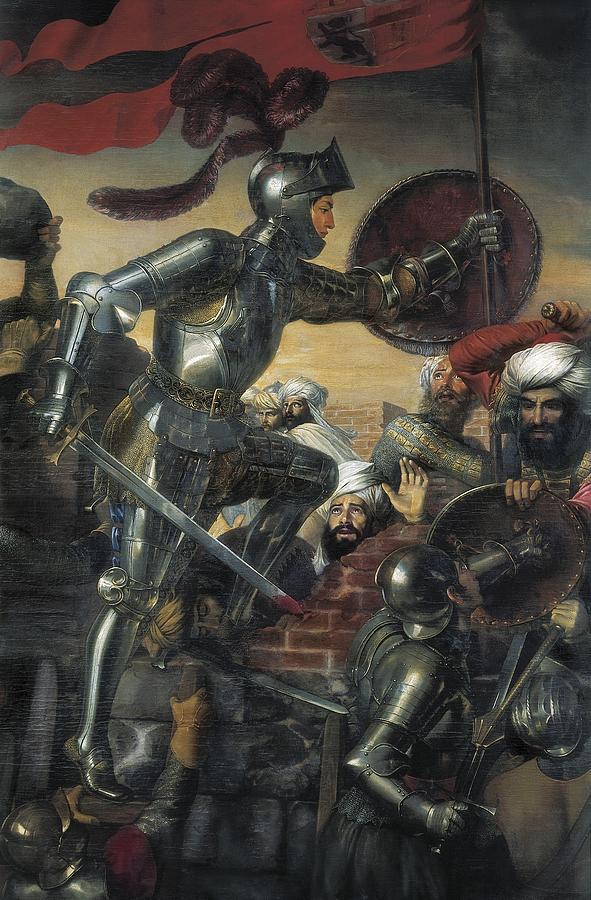
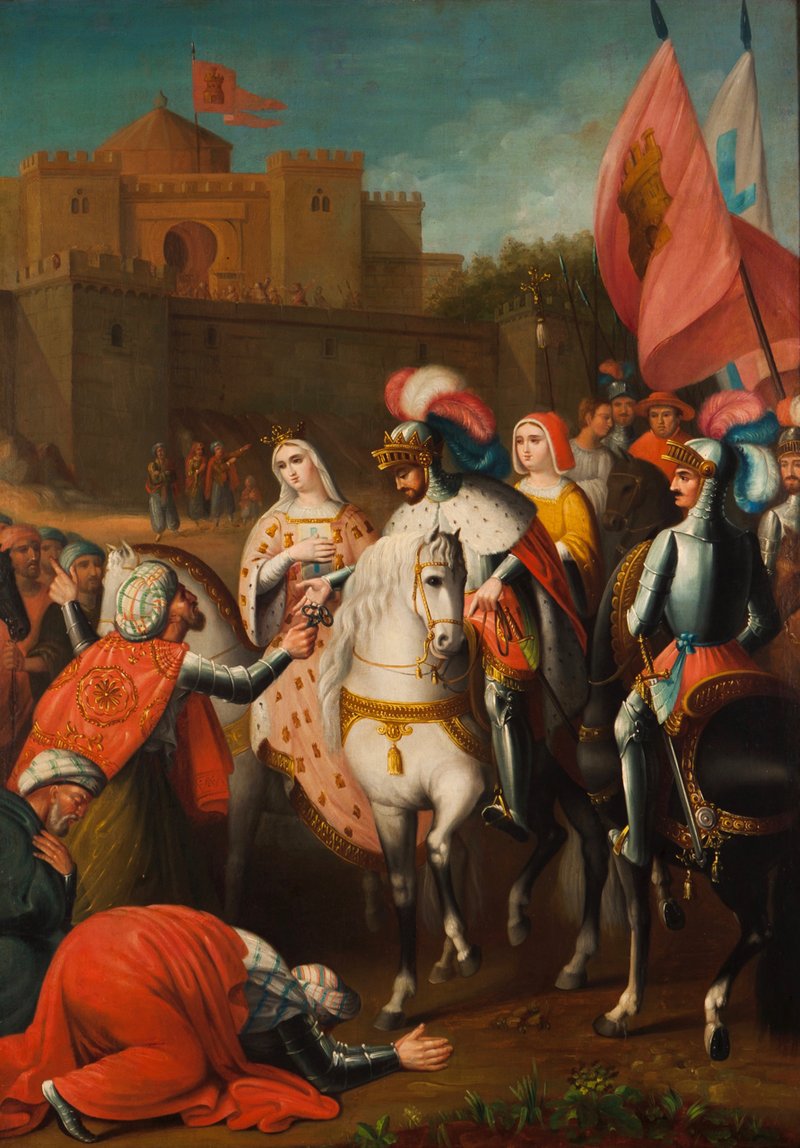
The most crucial was the fact that besides fighting the Moors, Gonzalo de Cordoba already had experience with fighting the French as well. He was defeated by them at the 1495 battle of Seminara during the First Italian War, where he learned a bitter lesson about the French might. 
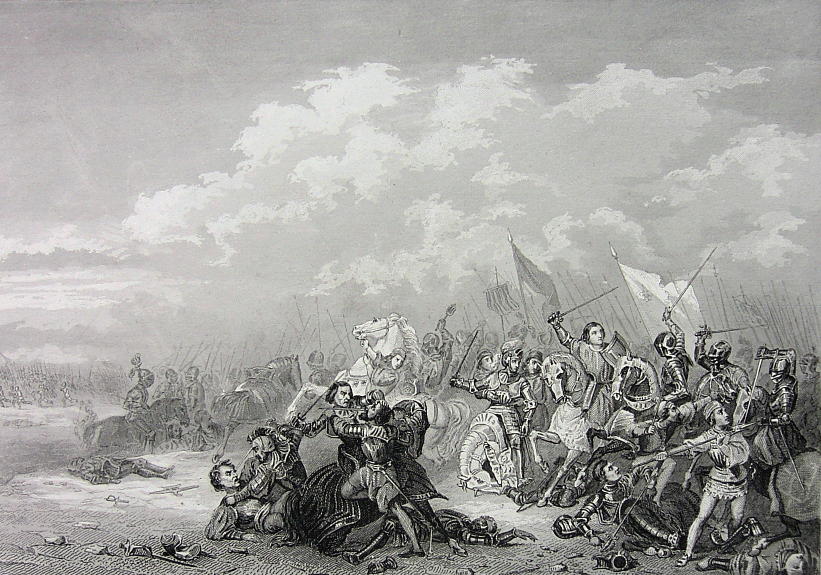
At Seminara, Gonzalo de Cordoba tried to use skirmish light infantry and light cavalry tactics that used to work against Moors but failed badly against the discipline French and their Swiss mercenaries. He therefore had to establish a totally new way of warfare and strategy! 
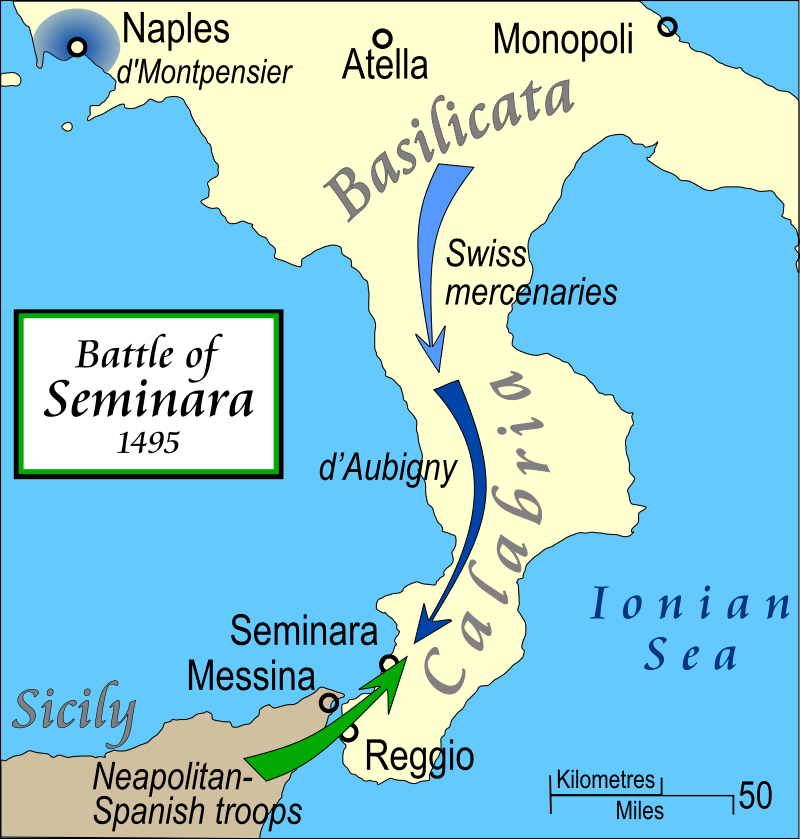
Gonzalo de Cordoba patiently avoided confrontation with the French and waited in the port of Barletta in Apulia. There he was sent a contingent of 2000 Landsknecht mercenaries. Finally in 1503 he sought engagement with the French in an open battle which would happen at Cerignola. 


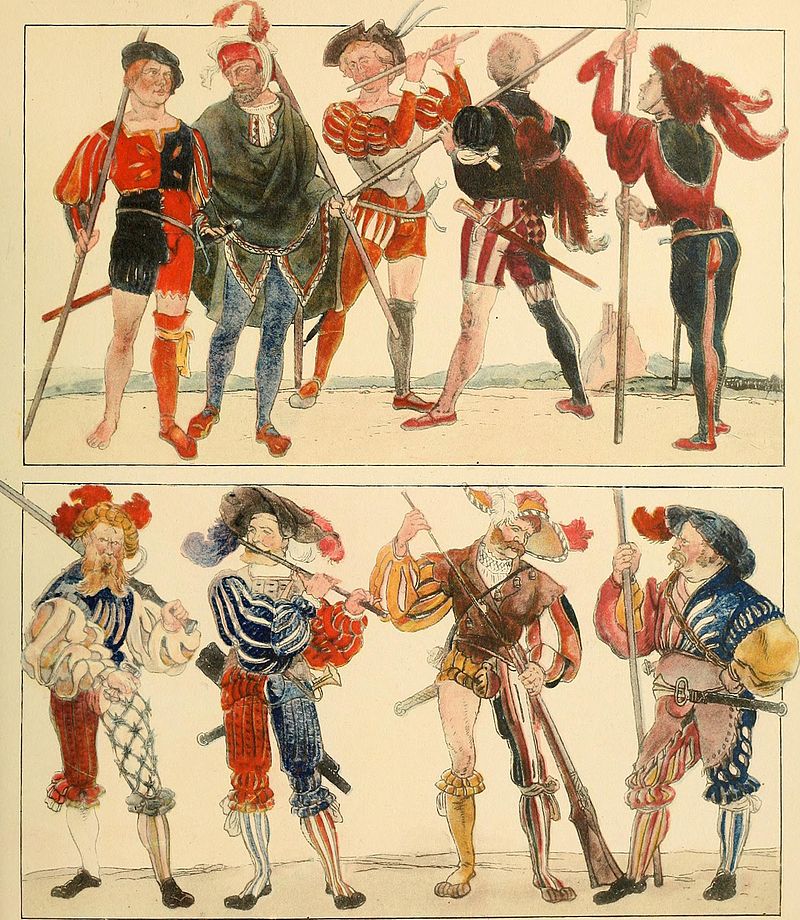
Gonzalo de Cordoba organized his troops in a very basic pike and shot formation. On top of 2000 Landsknecht pikemen he had 1000 arquebusiers and 1000 other infantry. He put them in the center with pikemen behind arquebusiers who were ready to retreat in case of cavalry charge. 
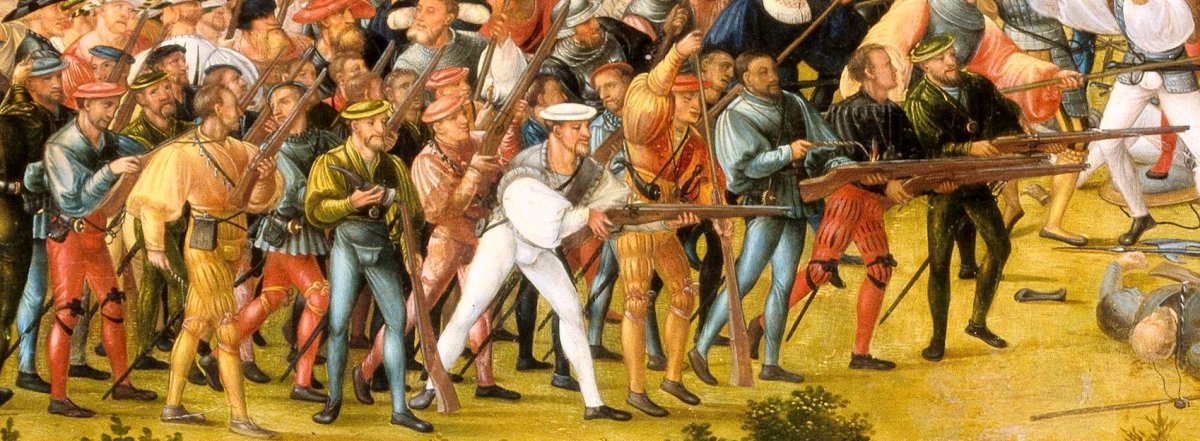
On the flanks, Gonzalo de Cordoba put the cavalry. 300 heavy men-at-arms to the right and 800 light cavalry to the left. In between the ranks he had artillery. He had his soldiers dig trenches in front of the army while he was behind in the rear with his own guard of 400 knights 

The French arrived with a larger force of around 9000 men led by Louis d'Armagnac, Duke of Nemours. The French and their Swiss mercenaries were impatient and wanted to attack immediately. They did not properly scout the enemy to investigate. The French heavy cavalry charged first 

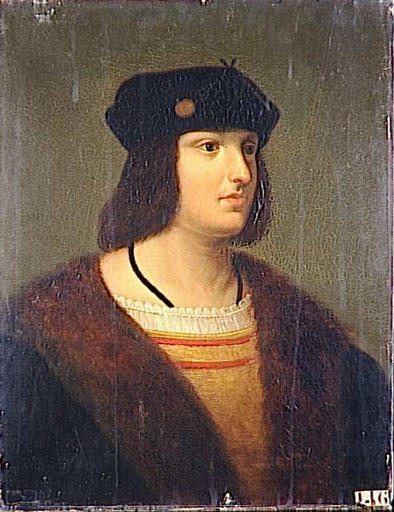
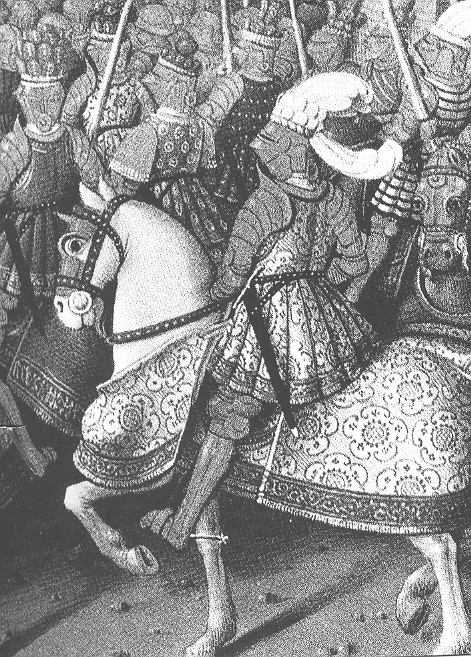
The cavalry charge failed completely as the arquebusiers shot down many and then retreated back while the French struggled with the trench they did not expect, and then faced with Landsknecht pikes. D'Armagnac died himself, the first commander in history to die from a gunshot! 
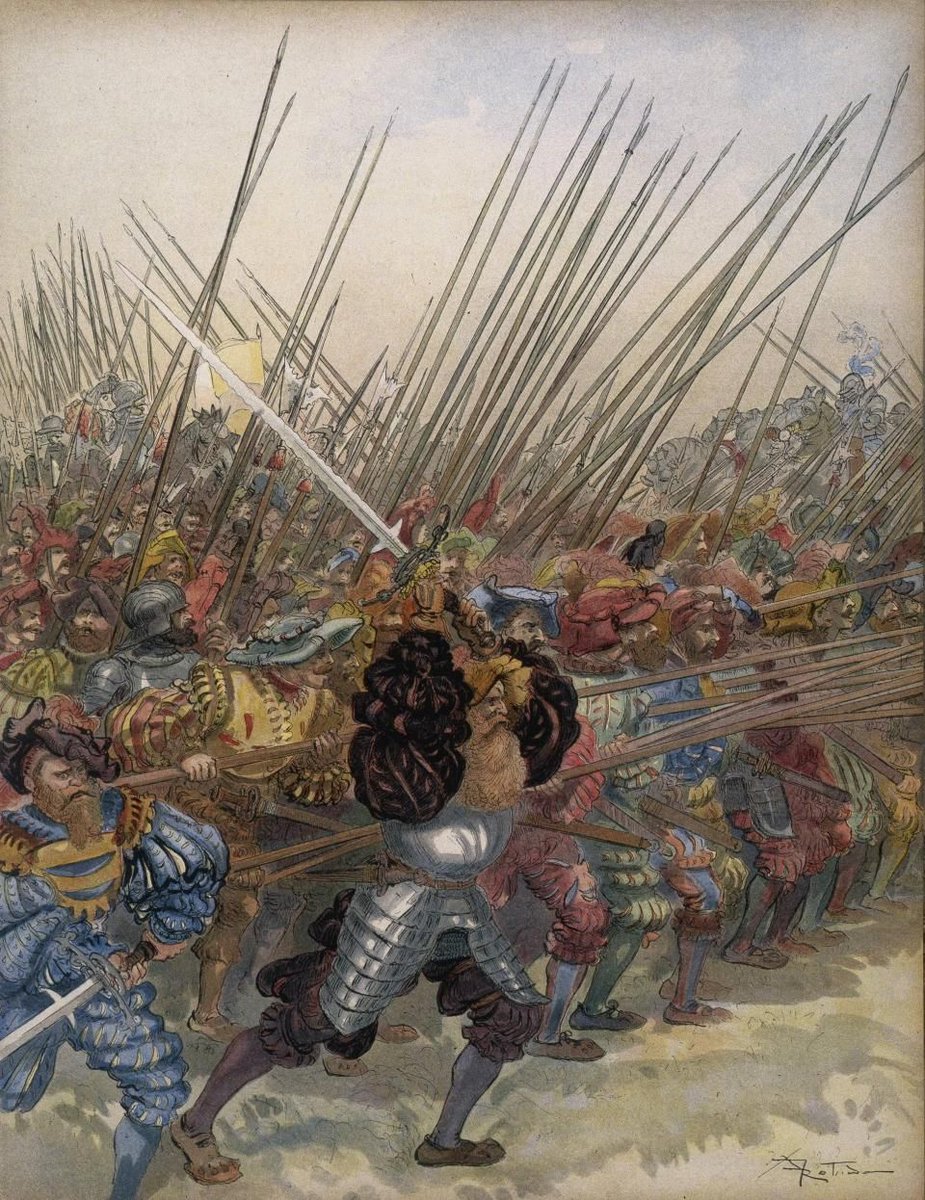
The defensive position of the Spanish was doing a lot of damage with artillery as well. The Swiss infantry would attack next but they too struggled with the trench after eating a lot of bullets from Spanish handgunners until they would at last face their bitter Landsknecht rivals 
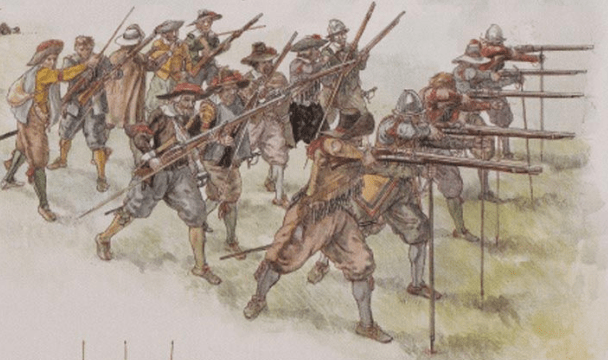
The rivalry between the Swiss mercenaries and the German Landsknechte was legendary and brutal. The Swiss had been more successful in their previous encounters, but with the superior pike and shot tactics, it looked like the victory would go to the Landsknechts this time! 

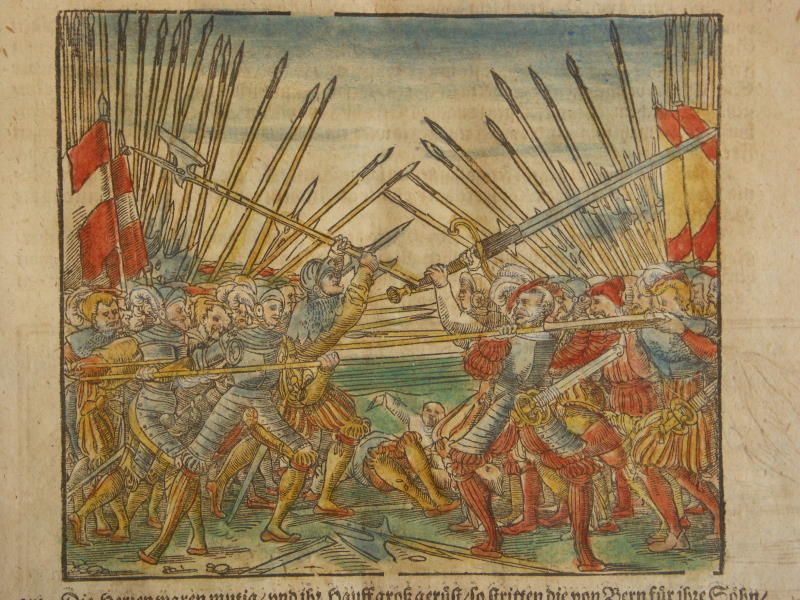
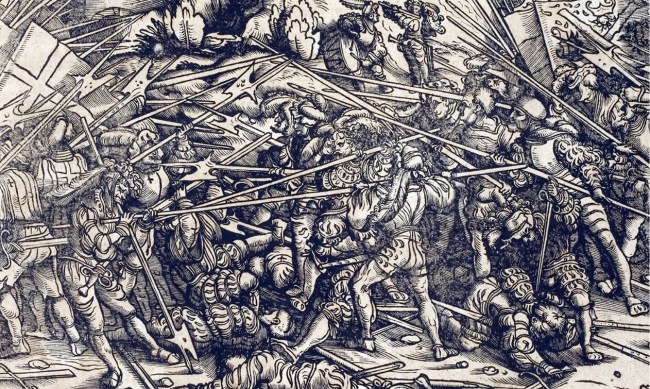
Meanwhile the French cavalry was routed back by Spanish cavalry and Gonzalo de Cordoba ordered his arquebusiers to encircle the enemy infantry and shoot at them from the sides. This maneuver was very lethal and won the battle for the Spanish in less than an hour of fighting! 
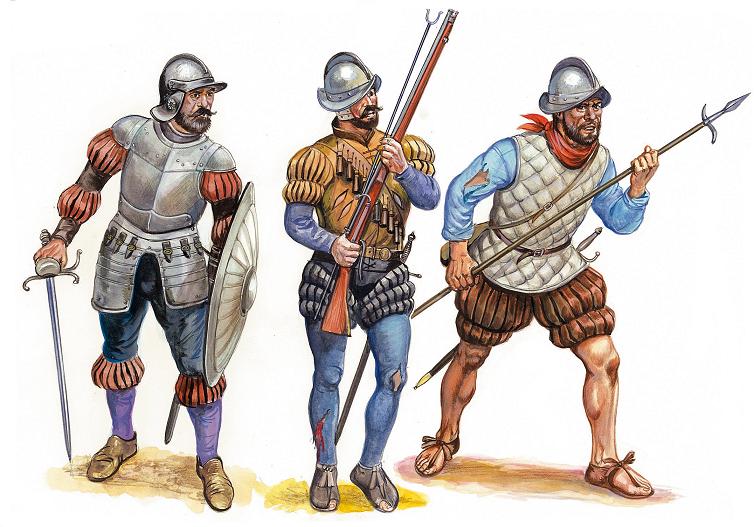
The casualties were very high for the French, estimated at up to 4000 killed, while the Spanish suffered considerably less death, estimated around 500. Gonzalo de Cordoba was himself shocked by the devastation that was caused by this new tactic and gunpowder, and ordered a prayer 
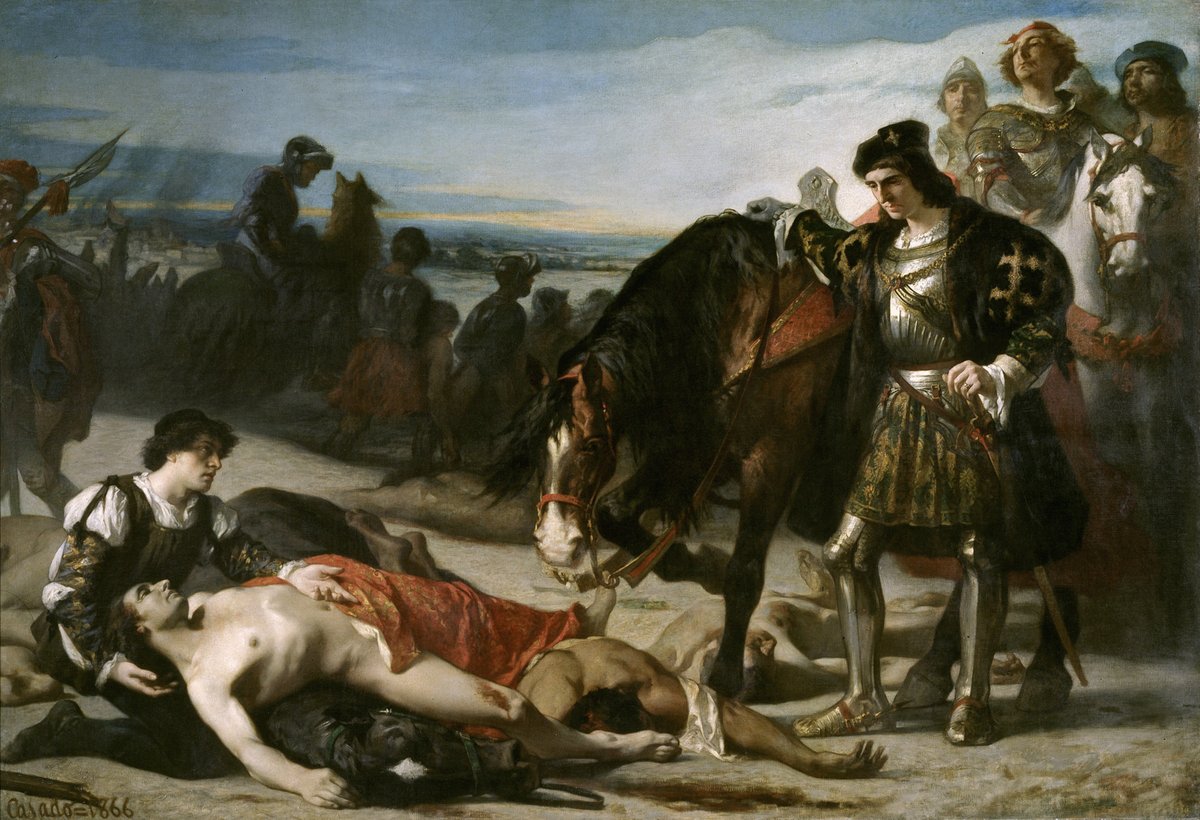
The battle of Cerignola was therefore a tactical genius at work, destroying the what was thought as the invincible combination of French heavy cavalry and Swiss infantry, by effectively employing gunpowder protected by pikemen, starting a new era of "pike and shot" warfare! 
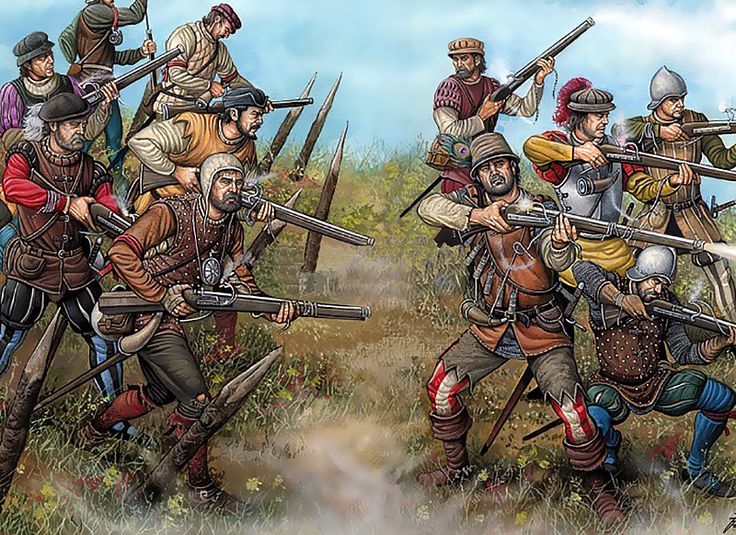
• • •
Missing some Tweet in this thread? You can try to
force a refresh


